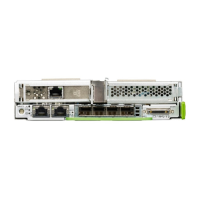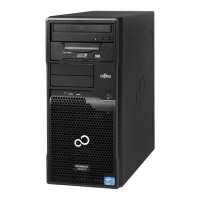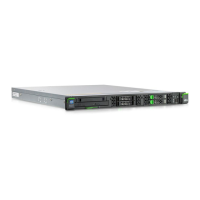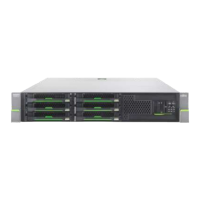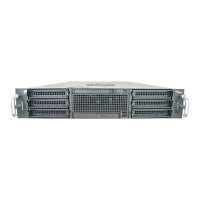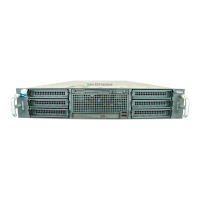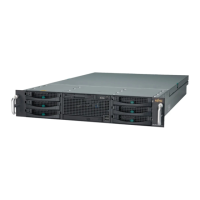GNU GENERAL PUBLIC L ICENSE
TERMS AND CONDITIONS
0. Definitions.
“This License” refers to version 3 of the GNU General Public License.
“Copyright” also means copyright-like laws that apply to other kinds of works,
such as semiconductor masks.
“The Program” refe rs to any copyrightable work licensed under this License. Ea ch licensee is
addressed as “you”. “Licensees” and “recipients” may be individuals or organizations.
To “modify” a work means to copy from or adapt al l or part of the work in a fashion requiring
copyright permission, other than the making of an exact copy. The resulting work is called
a “modified version” of the earlier work or a work “based on” the earlier work.
A “covered work” means either the unmodified Program or a work based on the Program.
To “propagate” a work means to do anything with it that, without permission, would make you
directly or secondarily liable for infringement under ap plicable copyright law, except execu ting it on a
computer or modifying a privat e copy. Propagation includes copying, distribution (with or without
modification), making available to the public, and in some countries o ther activities as w ell.
To “convey” a work mean s any kind of propagation that enables other parties to
make or re ceive copies. Mere interaction with a user through a computer network,
with no transfer of a copy, is not conveying.
An interactive u ser interface displays “Appropriate Legal Notices” to the extent that it includes
a convenient and p rominently visible feat ure that (1) displays an appropriate cop yright
notice, and (2) tells the user that there is no warranty for the work (except to the extent that
warranties a re provided), that licensees may convey the work under this License, and how
to view a copy of this License. If the interface presents a list of user commands or options,
such as a menu, a prominent item in the list meets this criterion.
1. Source Code.
The “source code” for a work means the preferred form of the work for making modifications
to it. “Object code” means any non-source form of a w ork.
A “ Standard Interface” means an interface that either is an official standard defined by a
recognized standards body, or, in the case of interfaces specified for a particular programming
language, one that is widely used among developers working in that language.
The “System Libraries” of an executable work include anything, other than the work as a whole, that
(a) is included in the normal form of packaging a Major Component, but which is not part of that
Major Component, and (b) serves only to enable use of the work with that Major Component, or to
implement a Standard Interface for which an implementation is available to th e public in source code
form. A “Major Component”, in this context, means a major essential component (kernel, window
system, and so on) of the specific op erating system (if any) on which the executable work runs,
or a compiler used to produce the work, or an object code interp reter used to run it.
The “Corresponding Source” for a work in object code form m eans all the source code
needed to generate , install, and (for an executable work) run the object code and to modify
the work, including scripts to control those activities. However, it does not include the
work’s System Libraries, or general-purpose tools or generally available free programs which
are used unmodified in performing those activities but which are not part of the work. For
example, Corresponding Source includes interface definition files associated with source files
for the work, and the source code for shared libraries and dynamica lly linked subprograms
84 Fujitsu

